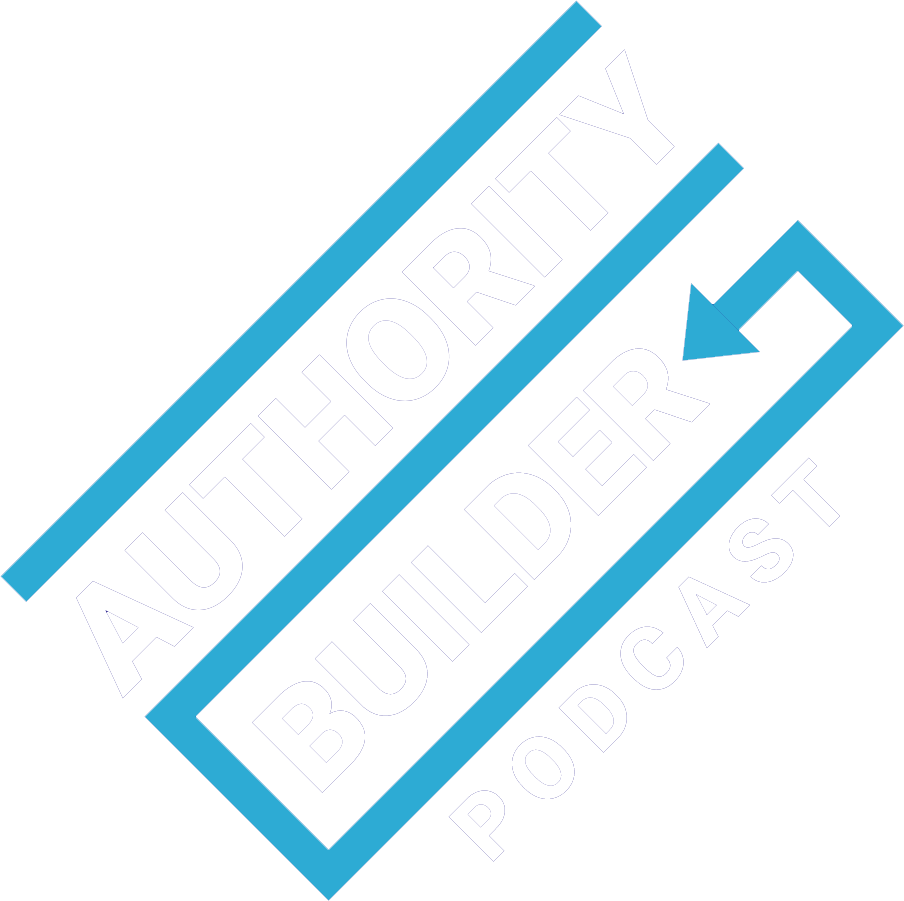Most business owners spend about 20% of their time generating leads to grow the business. It’s a fraction of what you need.
As a business owner, it’s easy to get bogged down in the day-to-day. Administrative tasks and the like. It keeps you busy, and you feel like you’ve accomplished something at the end of the day. But to propel real growth, you have to focus more on business development, specifically generating a steady stream of good quality leads.
Marketing is the answer. But it’s easy to go wrong there too, using channels that aren’t appropriate for your business or target market. You’re reaching people with your message… but it’s the wrong people.
Let’s explore a more systematic approach, one that works for your business. Tune in to discover…
- The layered approach to marketing
- A hidden danger to your business’s longevity
- The importance of follow-up – and how to keep new leads “warm”
- A one-two punch approach to lead generation
- And more
Listen now…


